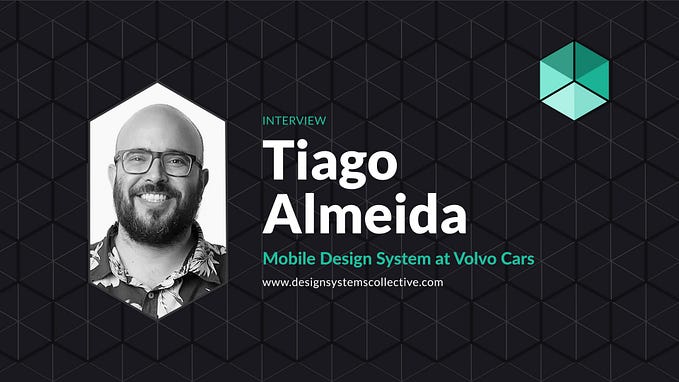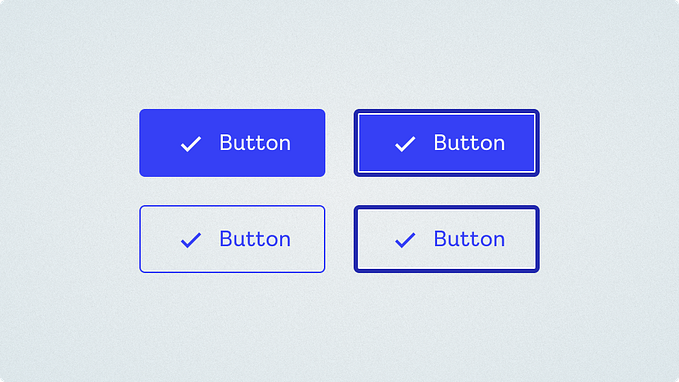Architecture and UX Design: the obvious parallels

My innumerable conversations with fellow designers have been throwing up some glaring parallels between UX and Architectural design.
Their design approach and thought process reminded me of learnings during my architectural training. While the tangible results are quite different, there is common ground in the way that we view the world and think about design. Below are some of my thoughts on the topic from an architect’s perspective.
#1 Space
Both architects and UX designers are supposed to be experts at understanding how people interact. In case of architecture users interact with physical spaces, whereas UX designers interact with the digital medium.
This is arguably the most common thread between the two disciplines. So, stay with me for a minute.
What is it actually?
Space is an abstract concept that all humans understand subconsciously since childhood. We perceive most of it with the five senses and the rest of it exists in our mind.

This ability to judge a space has helped us survive 2 million years of evolution. Even before primitive men discovered the cave as a shelter, they had always understood the concept of inside/outside and safe/unsafe. For instance, sitting around a fire on a cold night can create a sense of security and warmth. Similarly, sitting under a tree could be the simplest form of shelter.
What is it made of?
Ok, so far we have established that space is made of inside and outside. Now, consider when a milkman comes to deliver milk, we interact with him at the verandah because we don’t want him to enter our private space. But, he doesn’t feel left out because this interaction happens in a buffer space. Along with inside/outside we also use buffer spaces in our day to day life.

These in-between spaces that create the transition from outside to inside and vice-versa are called buffer spaces. For example, we plant trees and create a pathway from the entrance to the door, and this creates a slow transition from outside to inside. All these are a way of creating deliberate experiences.
How is space related to digital medium?
Now that we have cleared the air around space, let’s see some of the similarities between digital medium and spaces when it comes to interaction with the user.

Lock & Login
The simple act of using keys to gain access to your home or locking it when you are heading out, to protect your valuables; the idea that your account is protected by a password — gives the same sense of security.

Landing page
There will always be a common space that connects all the other spaces like your living room or a foyer. Similarly, there is always a homepage that the user keeps coming back to and uses to access other pages in a digital experience.

Damn boxes
On a fundamental level these are the basic building blocks that gives form to all our spaces. It creates the inside/outside and positive/negative. It can create a sense of neat/clean or chaotic/congested. It can give affordance to the function of that space. We apply similar fundamentals while designing our digital screens.

Planned disclosure
In spaces like Hindu religious places the experience is deliberately controlled. There are many sub-spaces that devotees have to cross before they get attendance with the Almighty. All these sub-spaces are designed so that by the time you actually see the idol you are fully focussed and all outside distractions are gone. Similarly, while designing the Information Architecture we consider these sub-screens to create the desired experience.

Need to personalize
It’s interesting how we can tell a lot about a person from their room. You must have noticed how the same room occupied by different people gives a different personality to the same room. Similarly, we also try to personalize our digital life even if everyone has the same framework.

Features of the space
Notice how every other hotel shares some basic features that makes them a hotel. Hospitals, auditoriums or stadiums etc. will also have these shared set of features that is inherent to their intended purpose. For eg. every stadium at a fundamental level will look similar. Similarly, all cab booking apps will have similar features to Uber. For eg. every cab booking app’s landing page now starts with pickup and drop location placed on a map. This similarity in features is true for other food, entertainment or social apps.
To conclude
These are some of the basic similarities between the two disciplines in terms of Space. There are other aspects which can be compared as well. For eg. Usability: Architectural facets of usability may include anything from a clearly marked entrance, to an intuitive and logical flow through the hallways/corridors and overall layout of a structure, to signage with appropriate labeling and giving clear directions, among many other things.
I will try to cover these in my next post :)
What would be interesting to explore is if all these architectural similarities are relevant for UX designers or not. Would love to hear what you guys think!
If you happen to like the blog piece, follow me here on Medium for more designs, blogs and updates.
Another piece that might interest you:
https://uxdesign.cc/meeting-calendar-for-travelling-salesperson-ux-design-challenge-df52cbc6a341
Thank you for reading. Do share your thoughts on these. Peace!








